X
wikiHow is a “wiki,” similar to Wikipedia, which means that many of our articles are co-written by multiple authors. To create this article, 10 people, some anonymous, worked to edit and improve it over time.
There are 8 references cited in this article, which can be found at the bottom of the page.
This article has been viewed 132,875 times.
Learn more...
Banding baby goats, or “kids,” is a method used to castrate them before they reach sexual maturity. An elastic band constricts the flow of blood to the testis and scrotum, leaving them to die and fall off in approximately 2 weeks.[1] It is a good idea to ask for help from a veterinarian or experienced rancher if you have never banded a goat.
Steps
Part 1
Part 1 of 3:
Buying Tools
-
1Purchase an elastrator from a farm and ranch supply store. It is a metal tool that is used to secure the rubber band around the scrotum.[2]
-
2Buy castration bands. Don’t use household office supplies for banding. The bands should be thick enough and tight enough to lead to castration within a few weeks.[3]
- Store your castration bands in the refrigerator until they are ready for use. This will keep the rubber from breaking down. Always check the rubber ring for elasticity/ breakage before applying it, simply put it on the tool and squeeze the handles to stretch the rubber ring. It should not break/ rip and be free of any cracks.
Advertisement -
3Ask your local veterinarian to provide pain reliever and tetanus anti-toxin. You will need some antiseptic spray in case of infection. Take your goat kid to the veterinarian at the first sign of an infection.
Advertisement
Part 2
Part 2 of 3:
Securing the Band
-
1Plan to castrate your kid within 8 weeks of birth. They reach sexual maturity at this time and can begin impregnating your doe (female goats). An uncastrated male goat is called a “buck.”[4]
- Make sure both testes have descended before you band your goat. You can have short-scrotum goats if a testis is pushed into the belly cavity.
-
2Administer a dose of adult aspirin or a shot of Banamine a half hour before you do the procedure. Banding is painful to the goat, so administering anti-inflammatories can reduce discomfort. To reduce pain further, you can administer lidocaine to numb the area during the banding period.[5]
-
3Give a 1 cc shot of tetanus anti-toxin to prevent tetanus.
-
4Soak your castration band in alcohol for 5 minutes before placing it in the elastrator.
-
5Ask a friend to help you by holding the kid down. Set the kid in your helpers lap, so that his belly is up and his front hooves are restrained.[6]
-
6Attach the rubber band to the front prongs of the elastrator. Squeeze the elastrator handles to expand the band.[7]
-
7Insert the scrotum and testis inside the rubber band. Move the handle of the elastrator closer to the base of the scrotum.[8]
-
8Ensure that both testes are inside the band before you release the elastrator. If you are right handed, put the tool aside for a minute, with your left hand hold the scrotum and feel if both testicles are inside. If not, don't let go, still holding with your left hand, reach with your right hand to the goats belly close to the scrotum, they tend to hold the testicles in sometimes, find them under the skin and push towards the scrotum "catching" them with your left hand. Once you can feel both testicles inside you can put the rubber ring on. Still holding the testicles with your left hand, squeeze the tool's handles, pushing scrotum through the open rubber ring, carefully place it where you want it to be, close slightly so that they don't escape again, and with left hand's fingers help push down the rubber ring from the first two metal ring expanders and then remove it completely. Check for proper placement again. Leave them loose, putting the ring a bit closer to the body. Otherwise it will be very painful for the animal and you will have to redo it. Also, make sure that the nipples are outside of the band.[9]
-
9Release the grip on the elastrator slowly. Keep it sterilized to avoid infection.
Advertisement
Part 3
Part 3 of 3:
Removing the Scrotum
-
1Cut the band away right after banding, if you believe it has not been done right. Don’t wait until the constriction starts to take place. If a nipple is inside the rubber band or a testis is pushed up, you should replace the band correctly.[10]
-
2Check the kid daily for signs of infection. Spray with antiseptic if the area looks too inflamed. Administer pain relief beforehand, since this will be painful for the goat.[11]
-
3Ensure the scrotum is starting to fall off. The scrotum will start to shrivel. If the scrotum is hanging off by a thin thread of tissue, you can surgically remove it with a scalpel and apply antiseptic.
Advertisement
Community Q&A
-
QuestionIs banding a full grown male goat done the same way as a little one?
 Community AnswerYes, but they might be a bit more wild and will need more medication so you might need more than one person to help.
Community AnswerYes, but they might be a bit more wild and will need more medication so you might need more than one person to help. -
QuestionAt what age should I band a goat?
 Snafu HossCommunity AnswerIn my experience, it is best to band goats at 6 weeks; this is about 2 weeks before they can impregnate a doe.
Snafu HossCommunity AnswerIn my experience, it is best to band goats at 6 weeks; this is about 2 weeks before they can impregnate a doe. -
QuestionWhat is the age limit on banding a goat?
 Community AnswerThere is no age limit, but it is easiest when the goat is young.
Community AnswerThere is no age limit, but it is easiest when the goat is young.
Advertisement
Warnings
- There are several ways to castrate goats, including clamping and cutting. Some European authorities have banned the practice of banding because they believe it causes too much pain and stress on the animal.⧼thumbs_response⧽
Advertisement
Things You'll Need
- Elastrator
- Castration bands for goats
- Refrigerator
- Aspirin or prescription pain reliever
- Scalpel
- Tetanus anti-toxin
- Alcohol solution
References
- ↑ https://cpb-us-e1.wpmucdn.com/blogs.cornell.edu/dist/c/3808/files/2015/02/Castration-25ppfac.pdf
- ↑ https://extension.psu.edu/programs/courses/meat-goat/health/castrating-male-kids/elastrator
- ↑ https://cemodoc.ucanr.edu/newsletters/May_June_201025107.pdf
- ↑ https://www.gov.uk/government/publications/code-of-recommendations-for-the-welfare-of-livestock-sheep/sheep-and-goats-welfare-recommendations
- ↑ http://www.animalwelfarestandards.net.au/files/2016/07/Goat-Industry-SnG-Final-July-2016-.pdf
- ↑ https://www.youtube.com/watch?v=CWcrFwnTp7U
- ↑ http://www.fao.org/3/t0690e/t0690e05.htm#unit%2014:%20castration%20of%20ruminants
- ↑ http://www.fao.org/3/t0690e/t0690e05.htm#unit%2014:%20castration%20of%20ruminants
- ↑ https://www.youtube.com/watch?v=CWcrFwnTp7U
About This Article
Advertisement
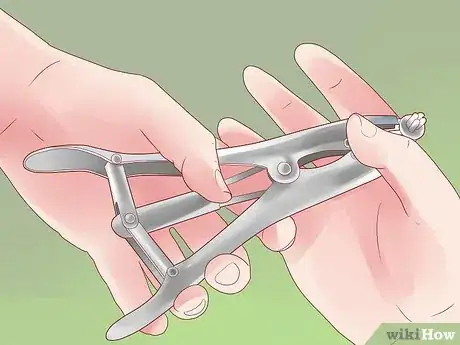
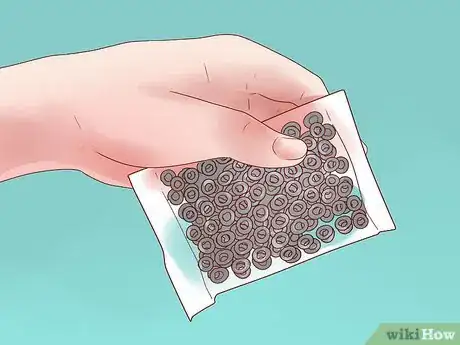
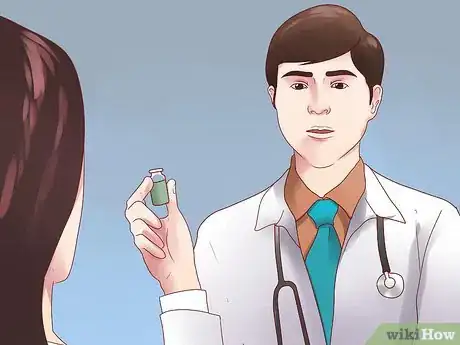
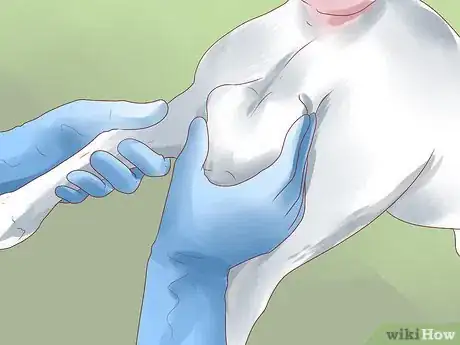
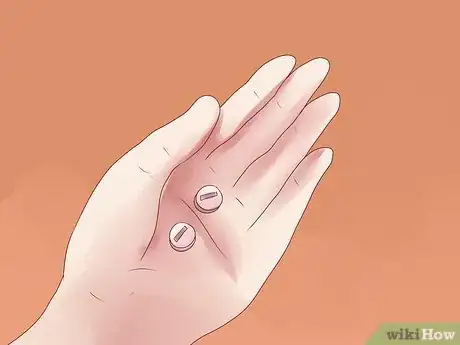
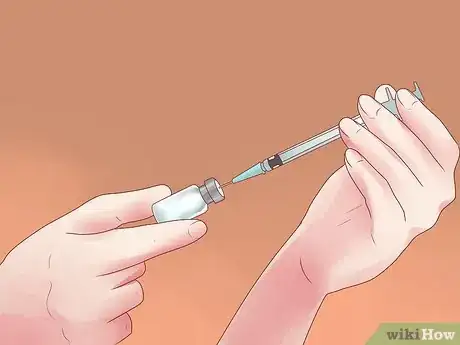

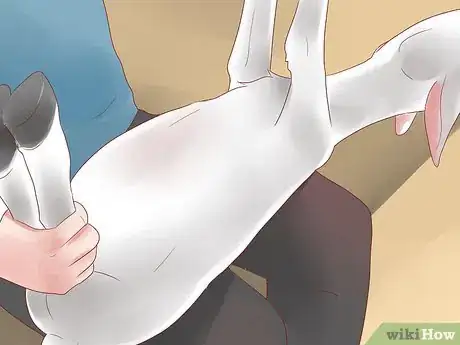
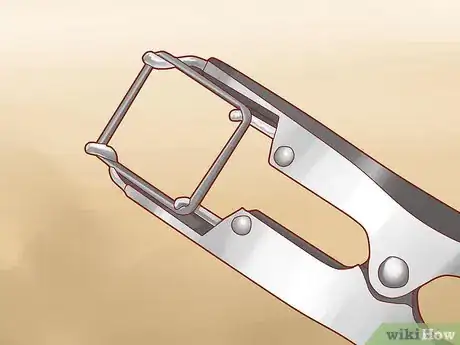
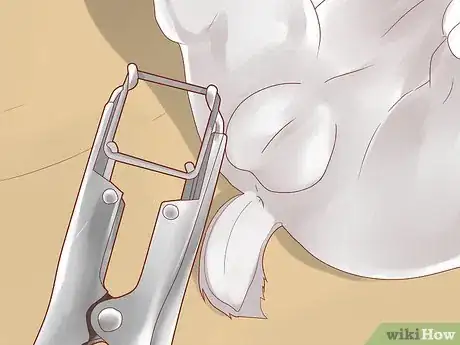
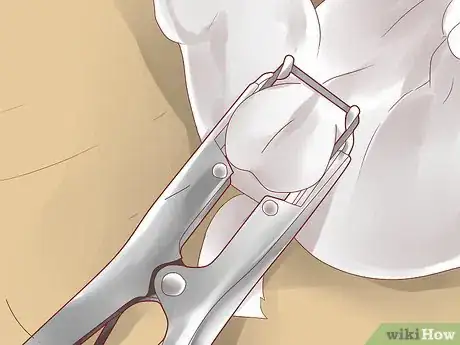
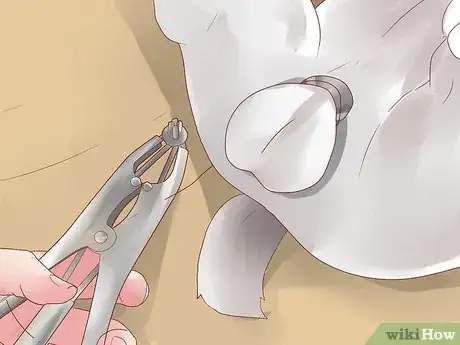
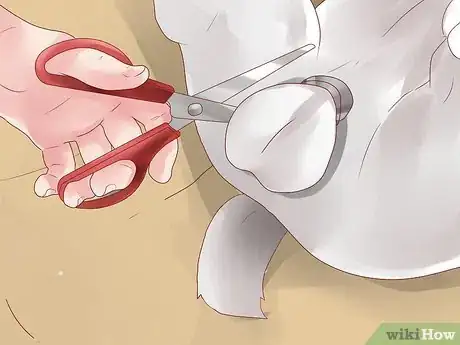
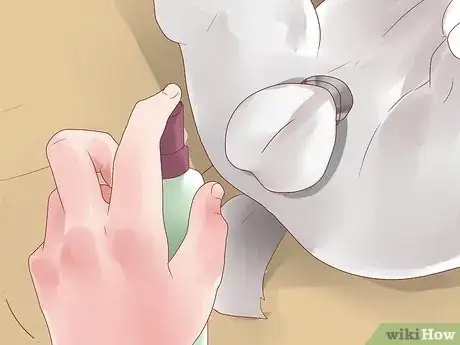
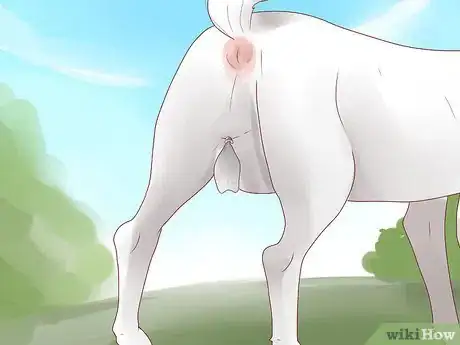

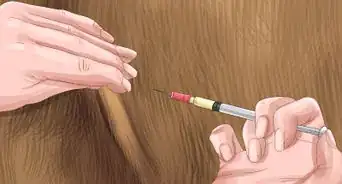
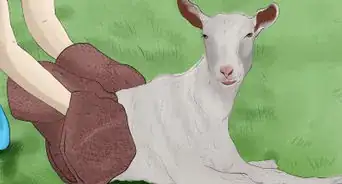
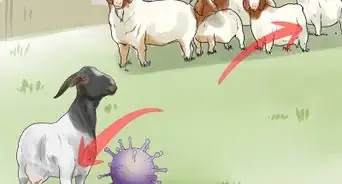

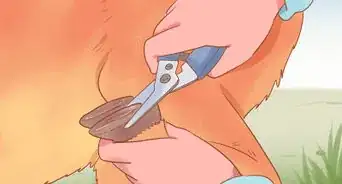

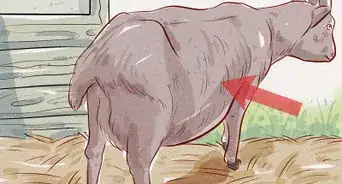

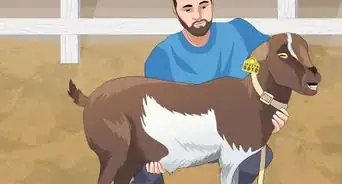
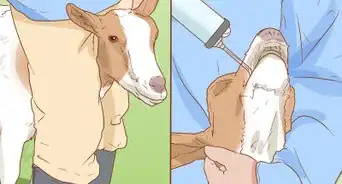
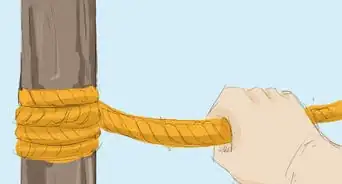
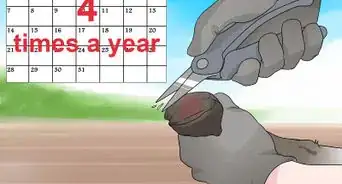
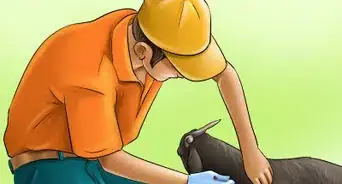







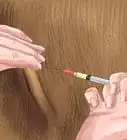





































Medical Disclaimer
The content of this article is not intended to be a substitute for professional medical advice, examination, diagnosis, or treatment. You should always contact your doctor or other qualified healthcare professional before starting, changing, or stopping any kind of health treatment.
Read More...